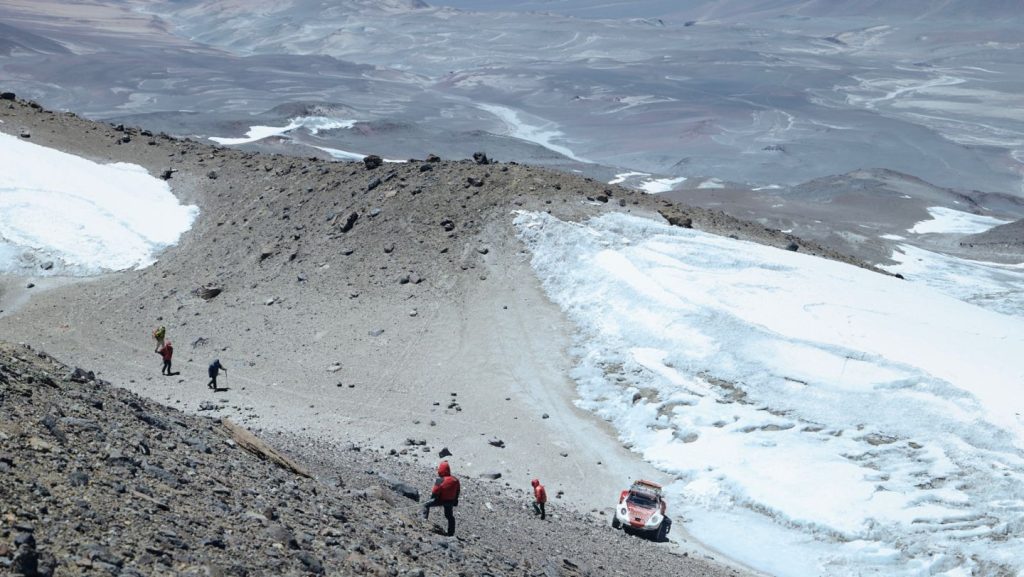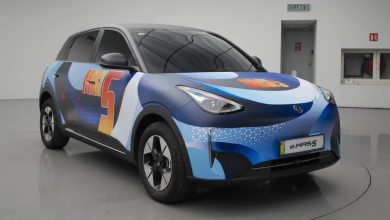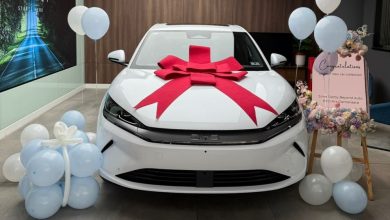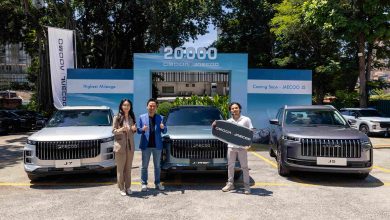Porsche Now Holds The Automotive Altitude Record With A 911
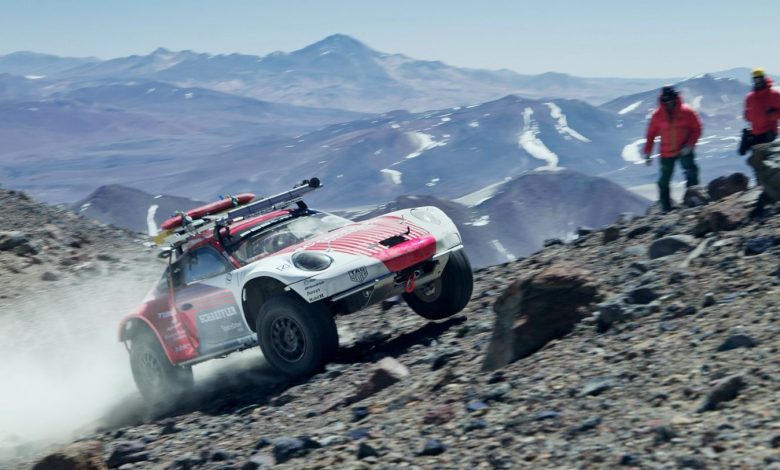
A Porsche 911 has set a new world record by driving up to 6,734 metres above sea level.
When thinking of setting extreme off-road automotive records, one might imagine automakers like Land Rover or Jeep to be the ones that would be doing so. So it might come as a surprise to read that it is instead the sports car makers Porsche who have recently pushed the boundary in terms of how high a car can drive to, with it setting a new benchmark at 6,734 metres above sea level.
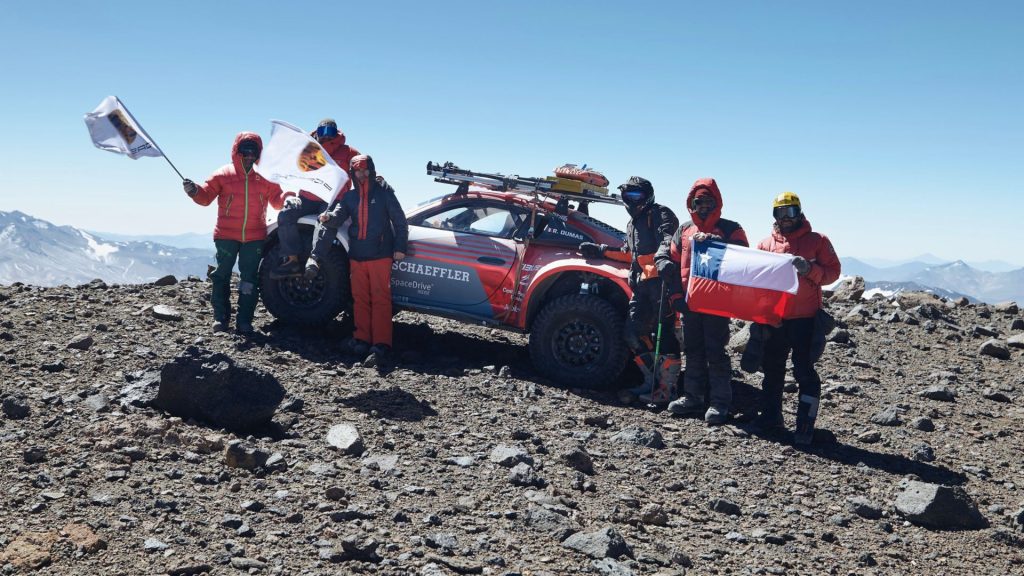
What more too is that instead taking its Cayenne or even Macan SUVs to set this record, Porsche has incredibly achieved this feat with its venerable 911 sports car. So funnily enough, as it stands right now therefore, the two cars that has achieved the highest altitudes are both held by low-slung sports cars.
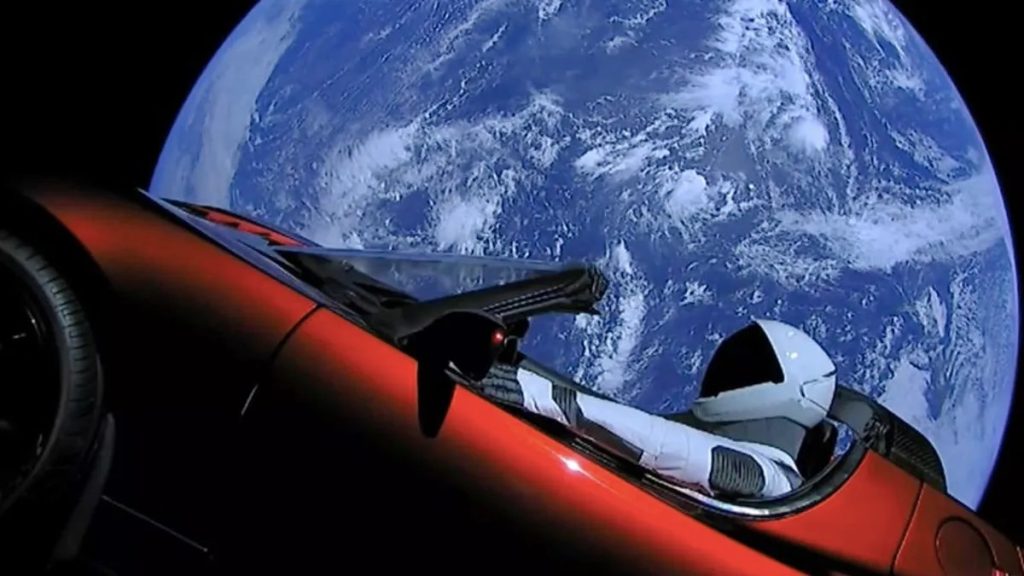
Piloting a modified Carrera 4S to the peak of the west ridge of the Ojos del Salado volcano in Chile and then into the record books was none other than three-time Le Mans champion Romain Dumas. A second support 911 was also present to ensure best chance for the team in achieving this record, in addition to besting their exploratory run of 6,000 metres made last year.

The Cars
Now according to Porsche, the two modified Porsche 911 that took part in this event were nicknamed ‘Doris’ and ‘Edith’. The record breaking car (Edith) was developed by RD Limited in collaboration with Porsche and was lighter and more agile than its supporting counterpart.
The lead car also received a very special additional piece of technology – steer by wire – that was developed and provided by Schaeffler Group. Dubbed Space Drive, this bit of kit was touted to offer precise and detailed feedback to allow Romain Dumas to place the car precisely where he needed it – often while ascending precarious and near-vertical slopes.

Both 911s were further equipped with carbon fibre seats and five-point harnesses to ensure the safety of its occupants if things do go south, with portal axles being fitted too to give it additional ground clearance of 350 mm and help it navigate the rough volcanic terrain. The portal axles also had the effect of reducing the gear ratios, allowing for precise and gentle throttle inputs at low speed. In addition, the cars were equipped with special lightweight but extremely tough Aramid fiber underbody protection to allow sliding over rocks.
Perhaps in a show of how good Porsche engines are however, the standard 443 hp 3.0-litre boxer six cylinder on both 911s apparently remained in its stock form and was paired with a standard seven-speed manual transmission. Different from factory though was the fuel used to run these flat-sixes, as both cars were running entirely on HIF eFuels – created in Chile – during their time on the volcano.
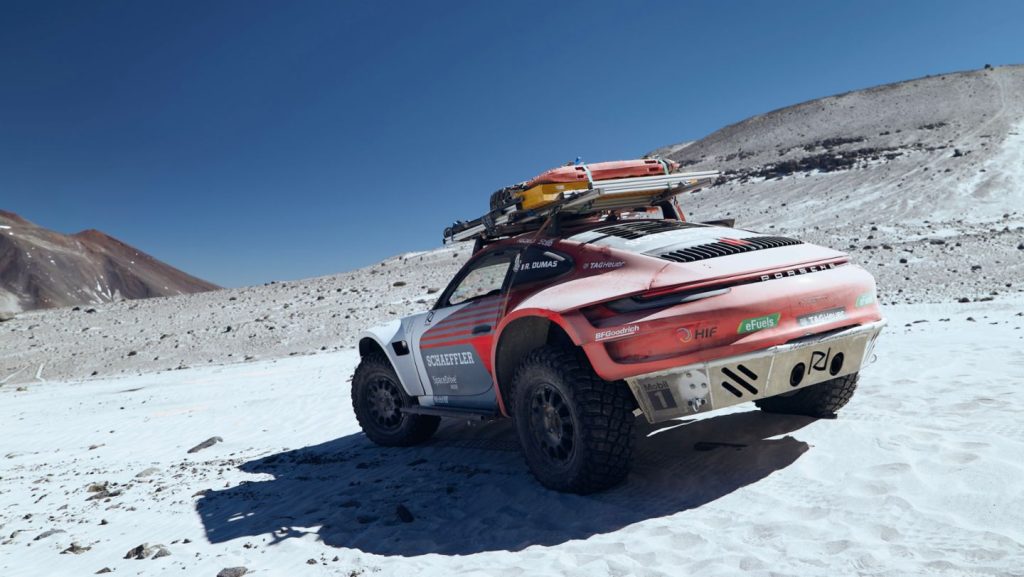
The Climb
Throughout the expedition the project took a cautious, safety-first approach. While the team took two weeks to slowly acclimatise to the altitudes, slowly gaining in height day after day, the cars on the other hand had no such difficulties, as the standard systems on the 911 sensed the thinner air and adjusted the fuelling accordingly.
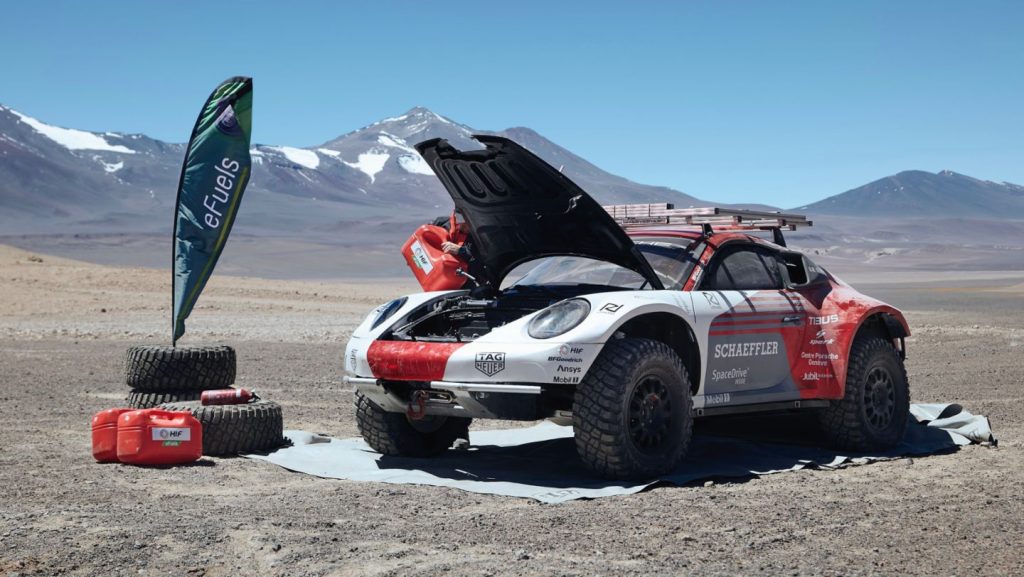
Unlike in its exploratory run last year, the team encountered relatively little snow at the higher levels of the volcano this time round. But the challenge up still remained formidable, including finding a path through the boulder fields. The push for the summit occurred on Saturday, 2 December with the team setting off at 03:30 local time. At 15:58, the summit and the end of the journey had been reached.
The team enjoyed the incredible view for a moment, taking a photograph to mark the occasion before carefully starting their descent with the same precision and caution as the ascent – arriving at their base camp over a thousand meters below the summit the following day; weary but proud. The 911 ‘Edith’ had some new scars and a layer of thick volcanic dust, but was otherwise ready to perform the same feat all over again.
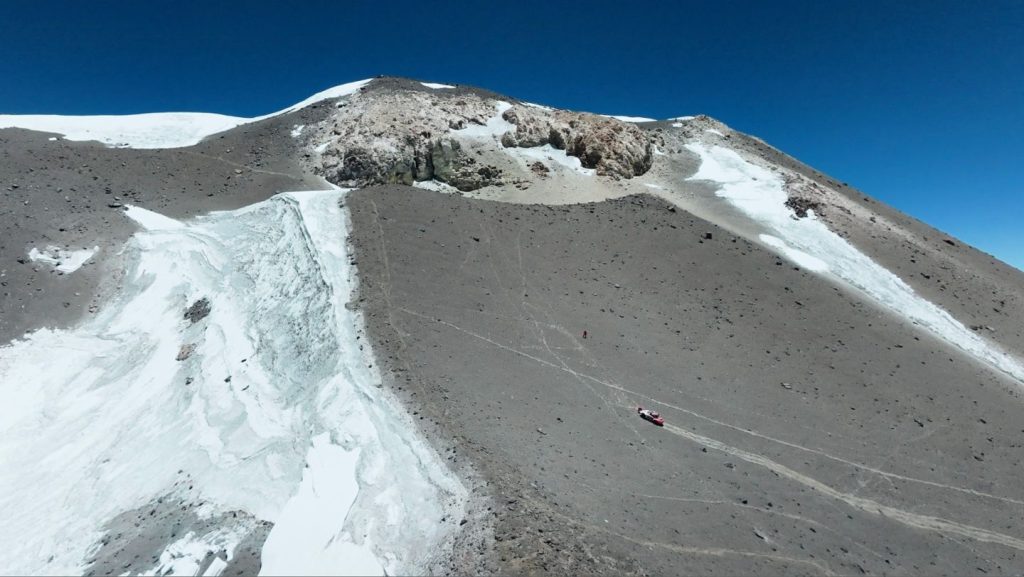
Final Remarks
“I’ll never forget this experience. It was an extraordinary feeling to drive where no car has gone before,” said Romain Dumas shortly after his descent from the volcano. “The 911 managed to go higher than any other earthbound vehicle in history. We reached a point where we were met by the true summit of the west ridge – we could go no higher. So this really was the maximum altitude that can be achieved. A proud moment for the whole team – and we’re grateful for the support and belief of all of our partners, each of whom made this possible.”
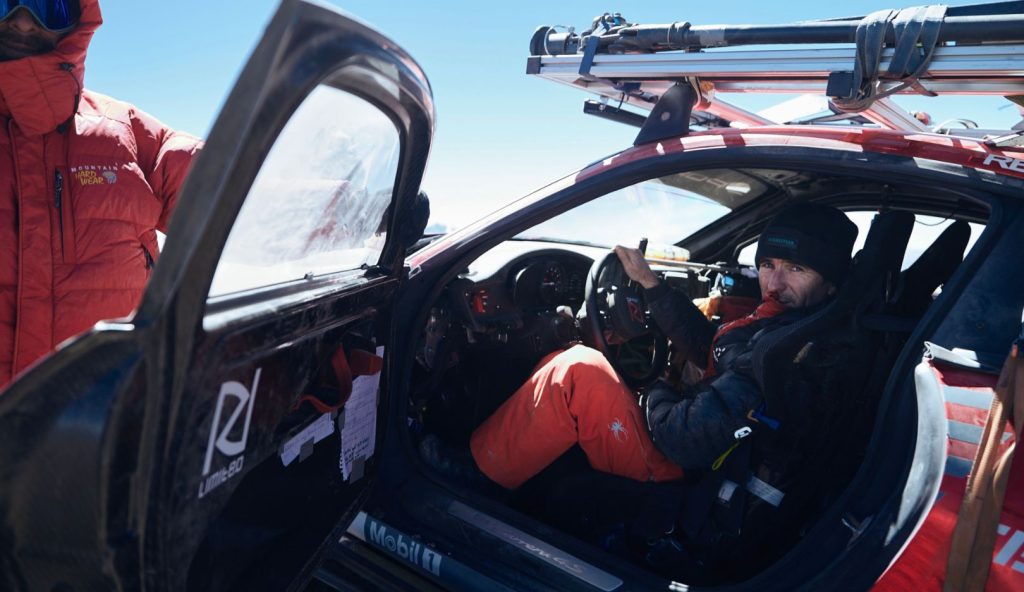
“Congratulations to the whole team – a remarkable and inspiring achievement,” said Dr. Frank Walliser, Vice President Complete Vehicle Architecture and Characteristics at Porsche AG. “This project began as a ‘what if’ and I’m so proud to work for a company that really believes in pushing the boundaries and learning by exploring. The two 911 models that were used on this expedition were powered by eFuels, which are produced in the HIF pilot planned “Haru Oni in Punta Arenas, which was initiated by us, and are blended per the currently applicable fuel regulations afterwards.”
“We’re thrilled by this result, and to have been part of this close and passionate team working on such a special project,” said Clara Bowman, COO, HIF Global. “This is an emphatic demonstration of the capability of HIF Global synthetic eFuels, performing in the most extreme and demanding conditions imaginable. To set a new record after so long is an awesome achievement.”
